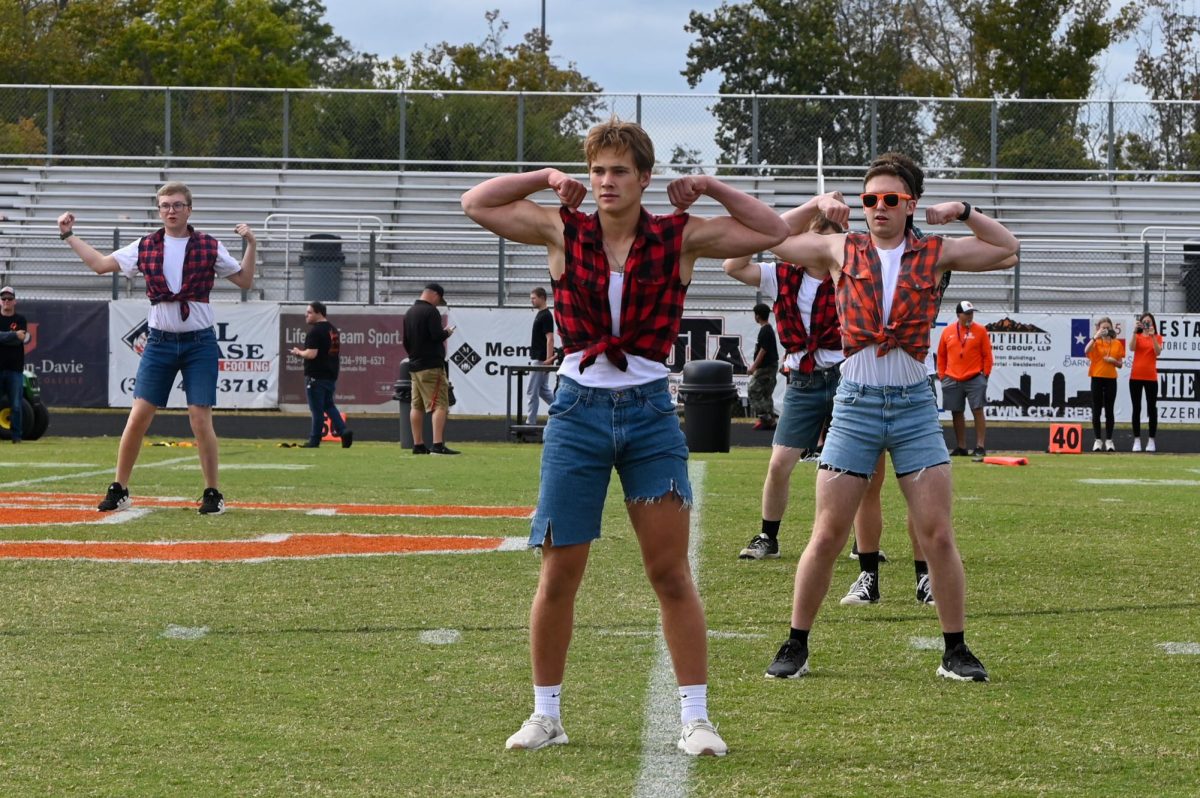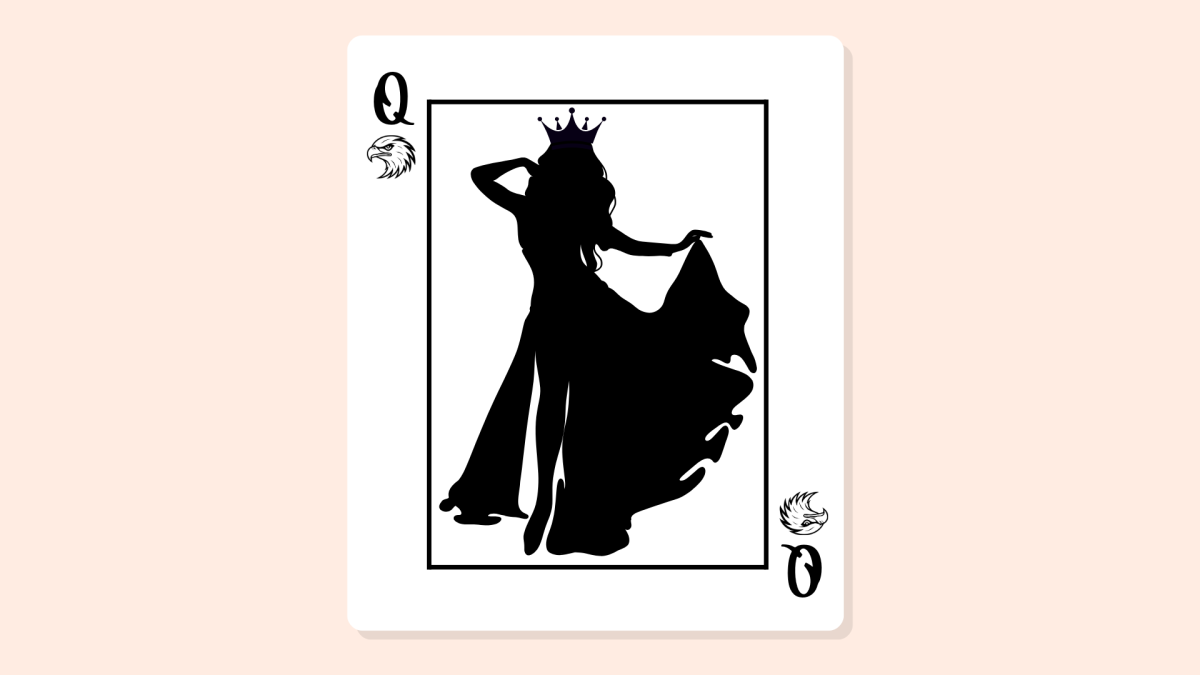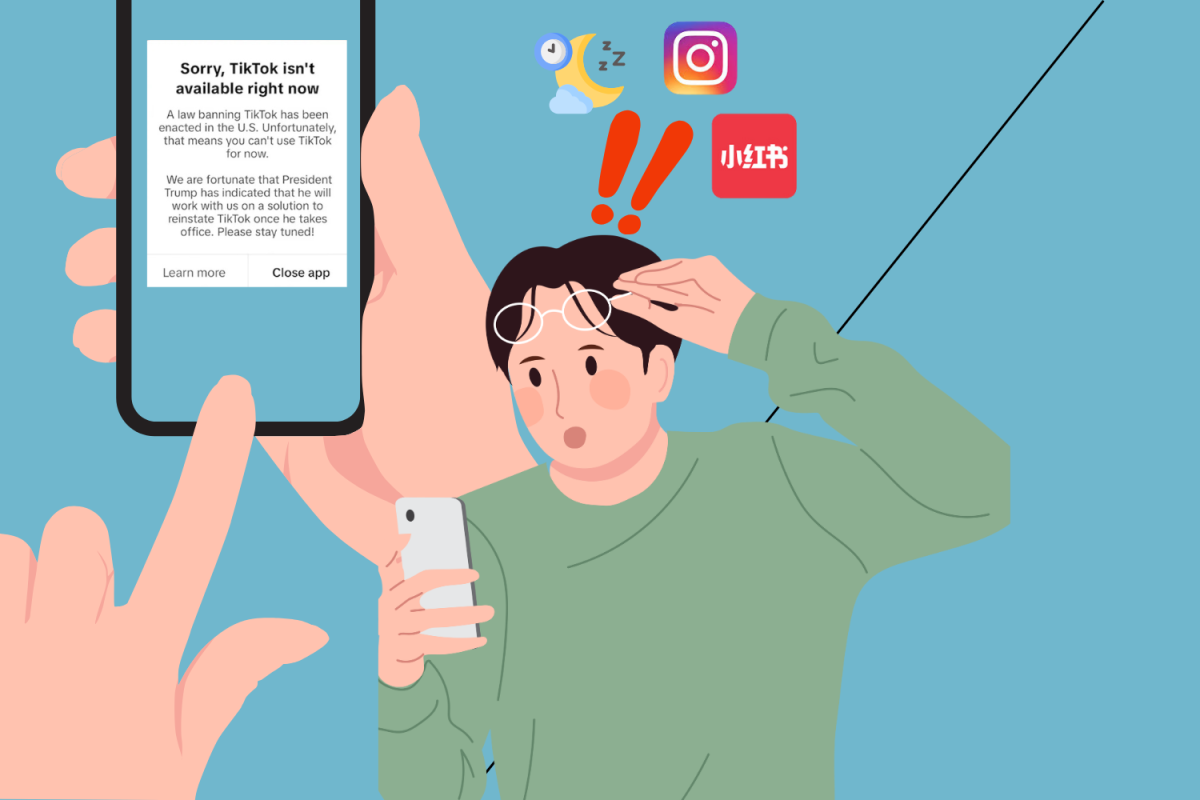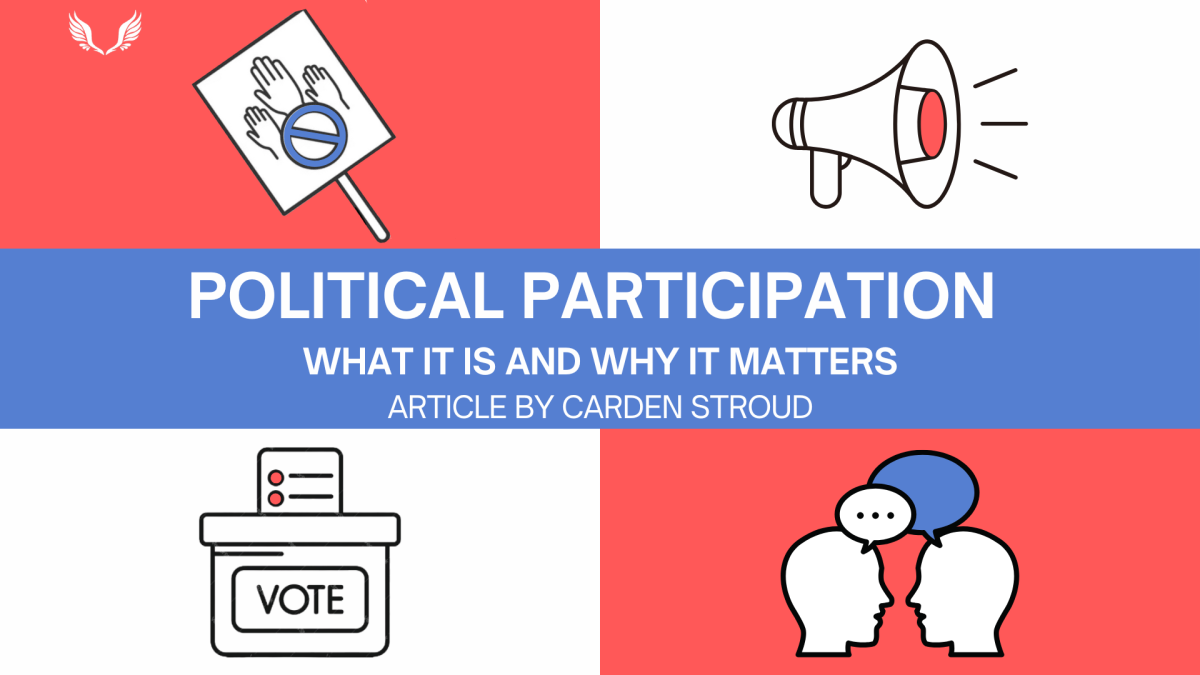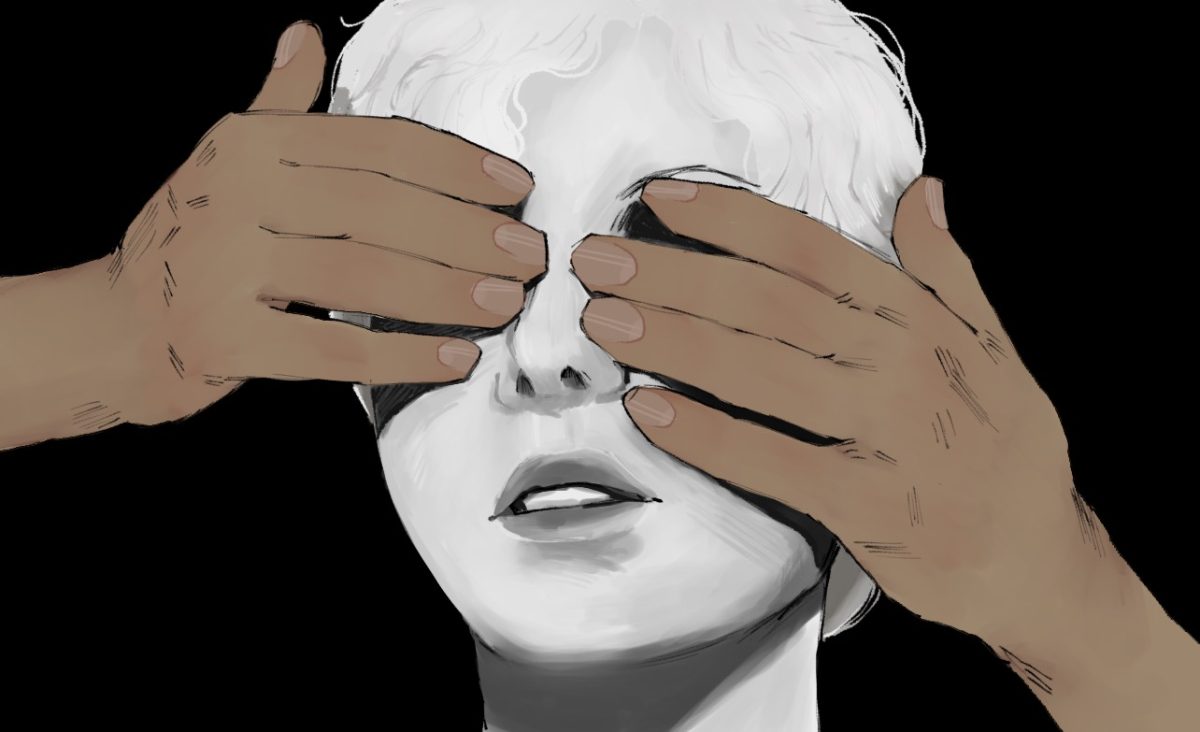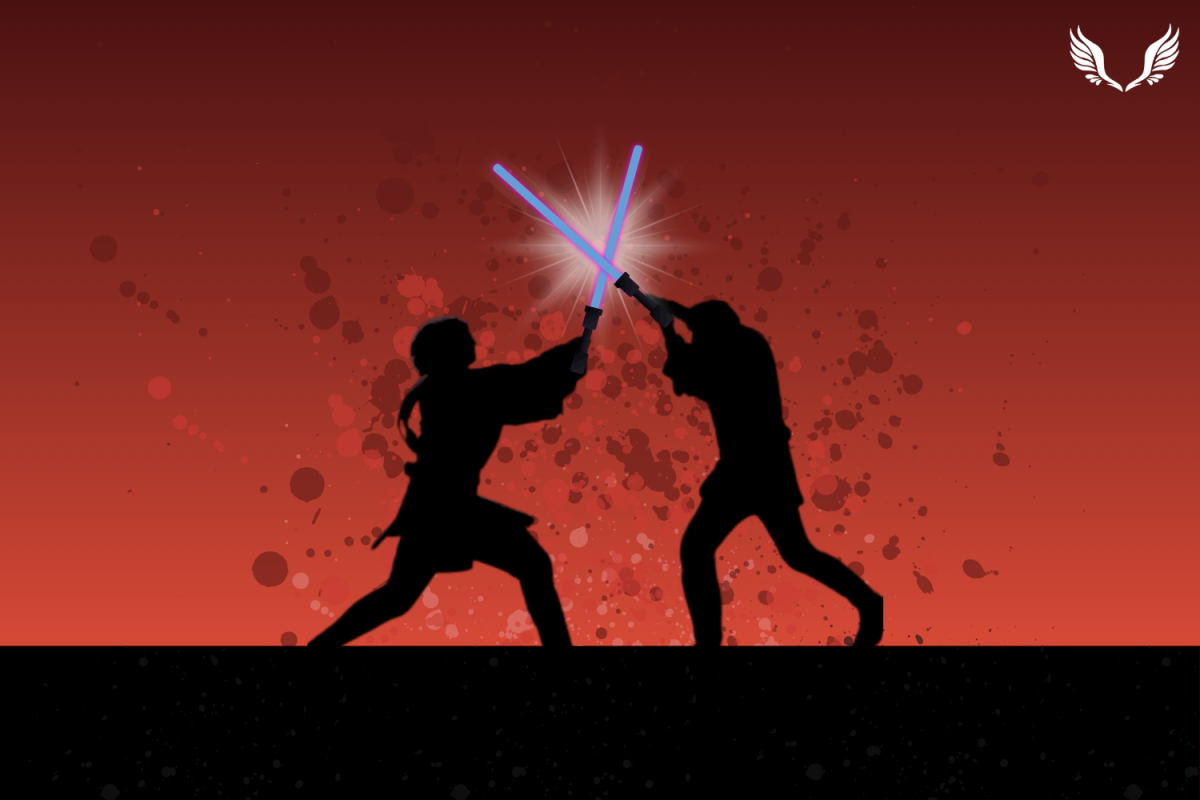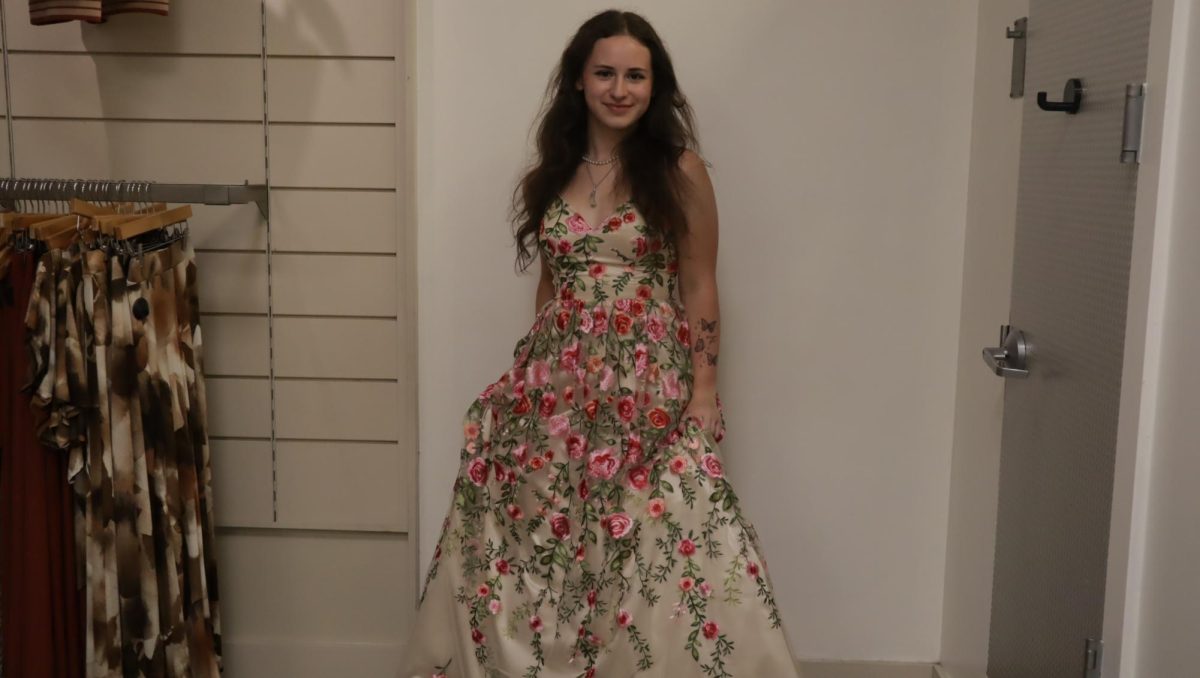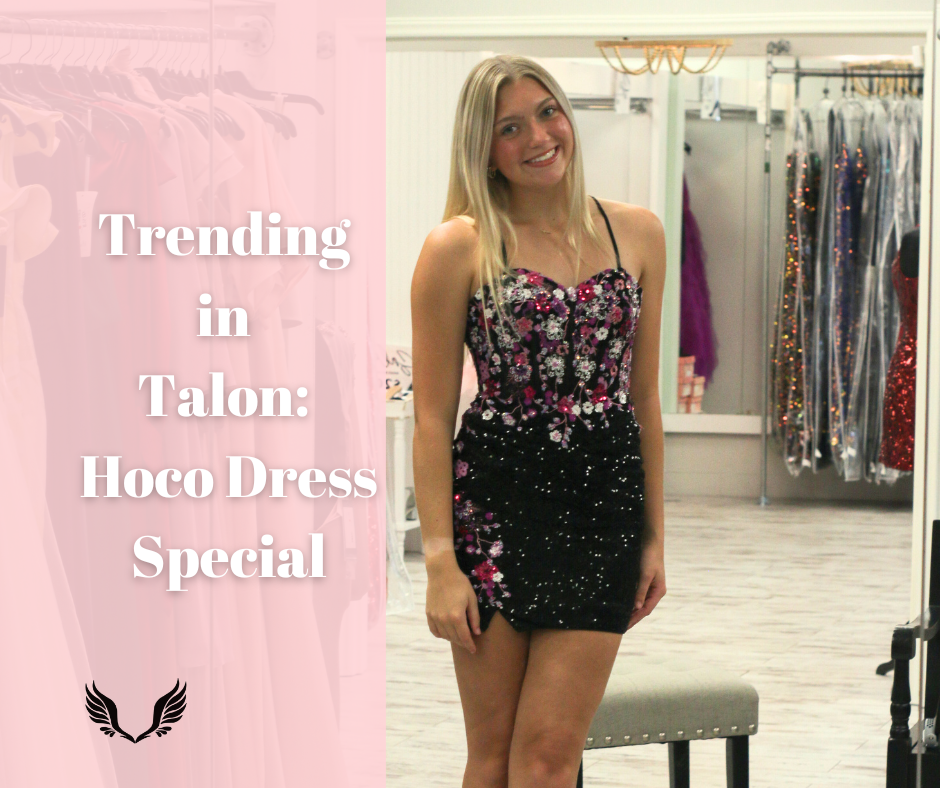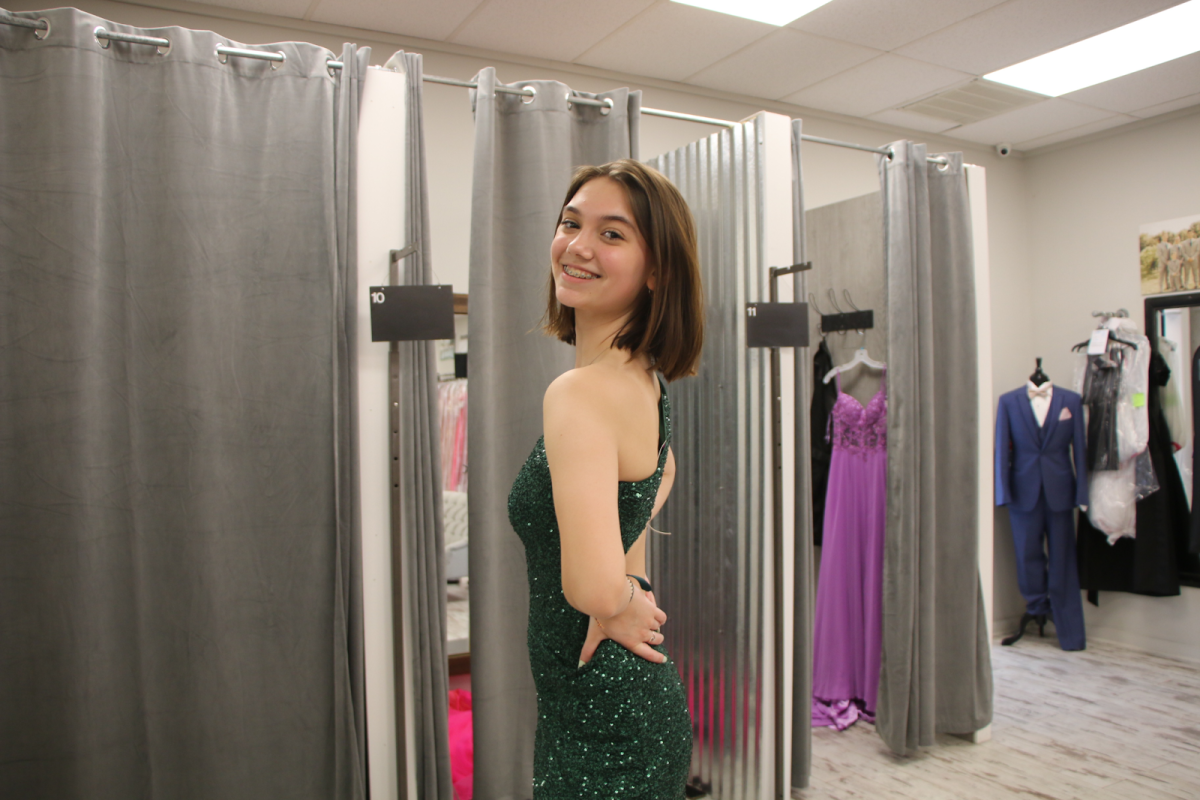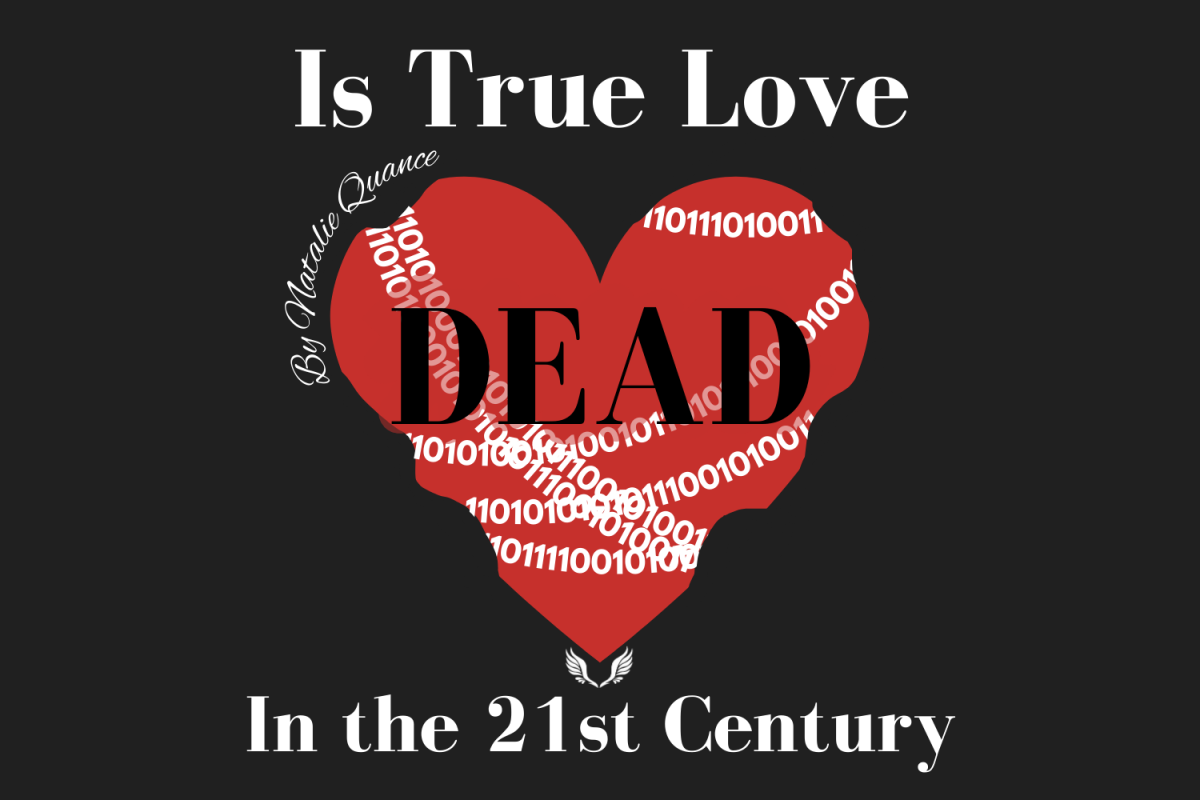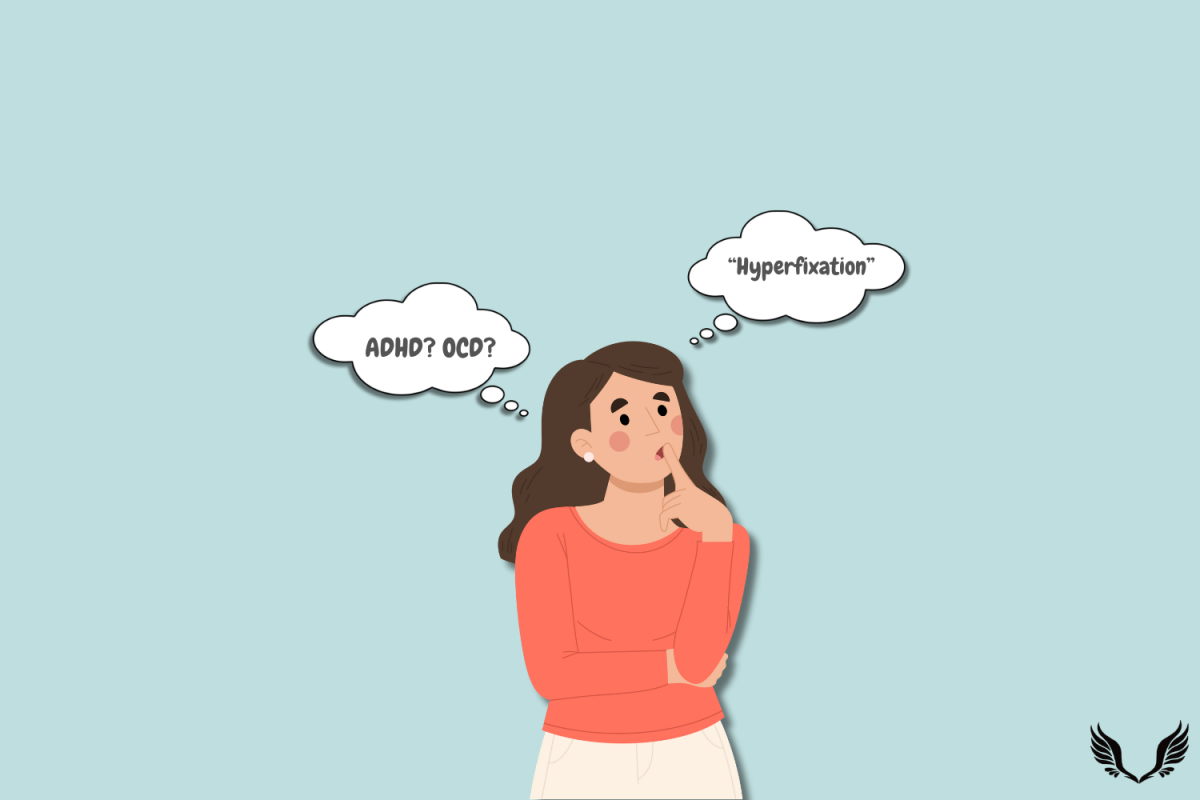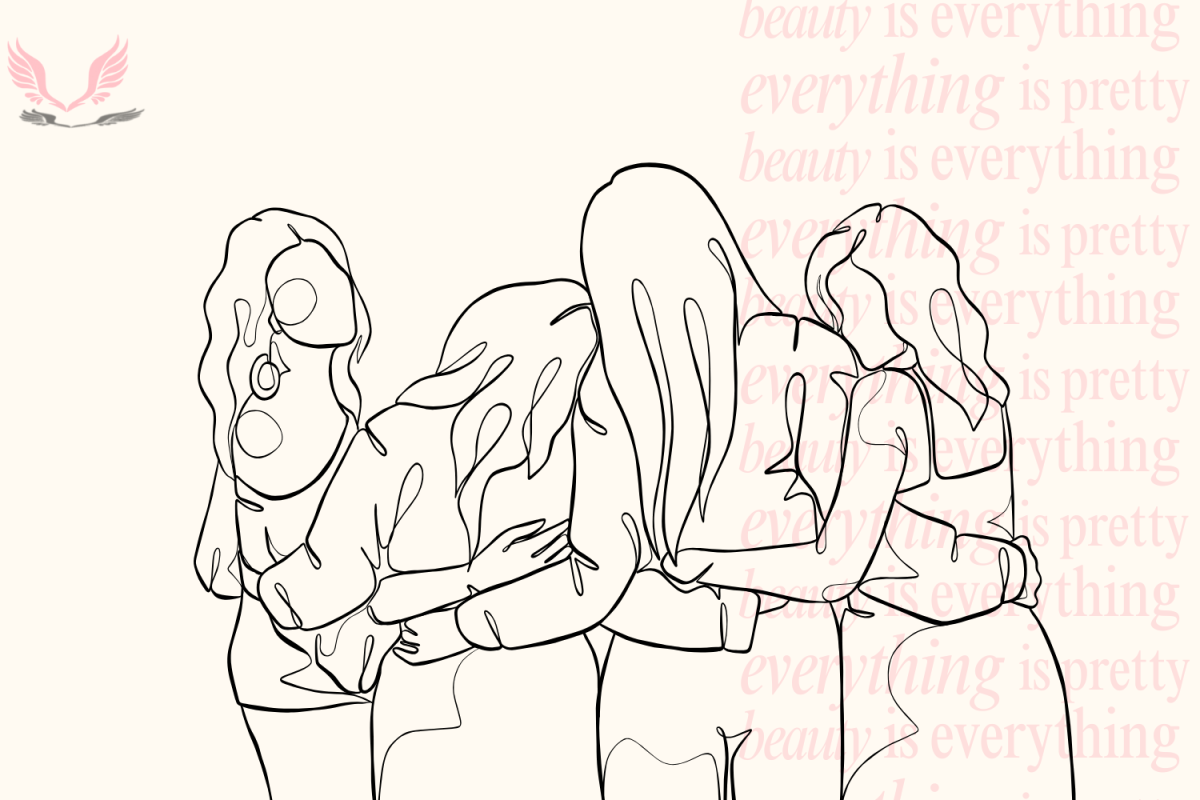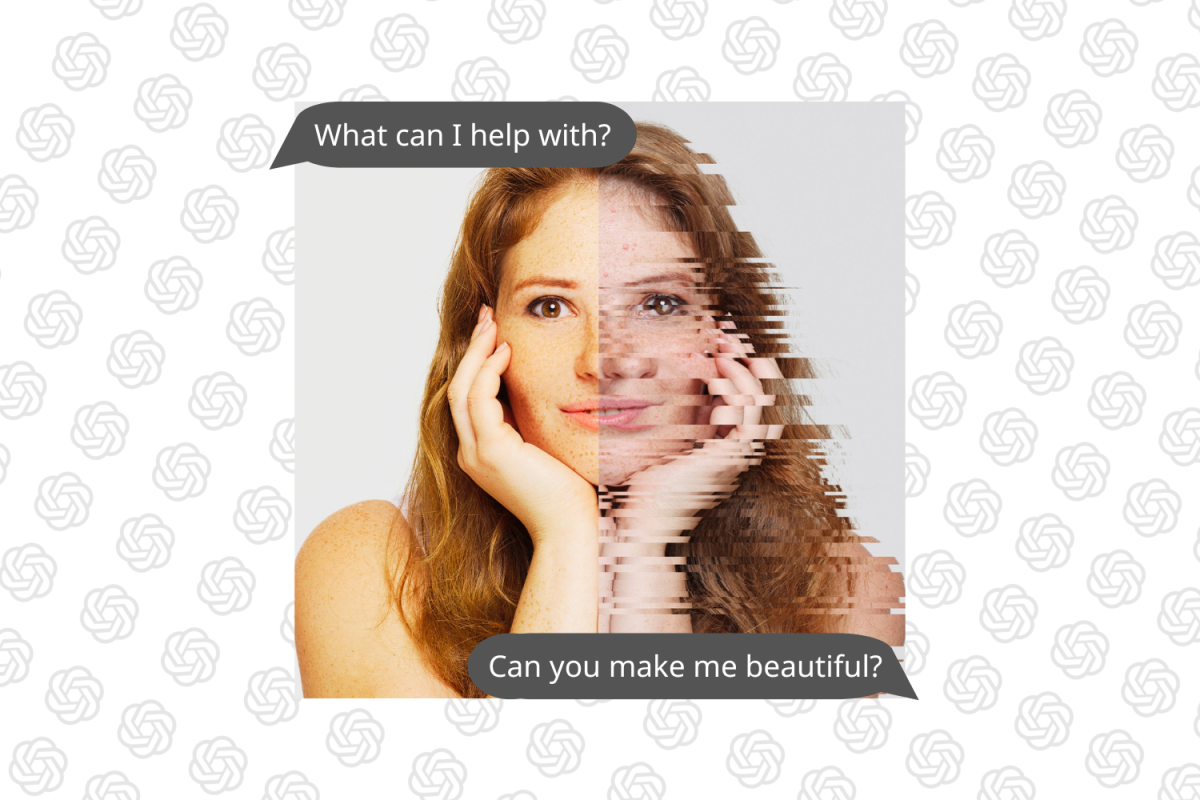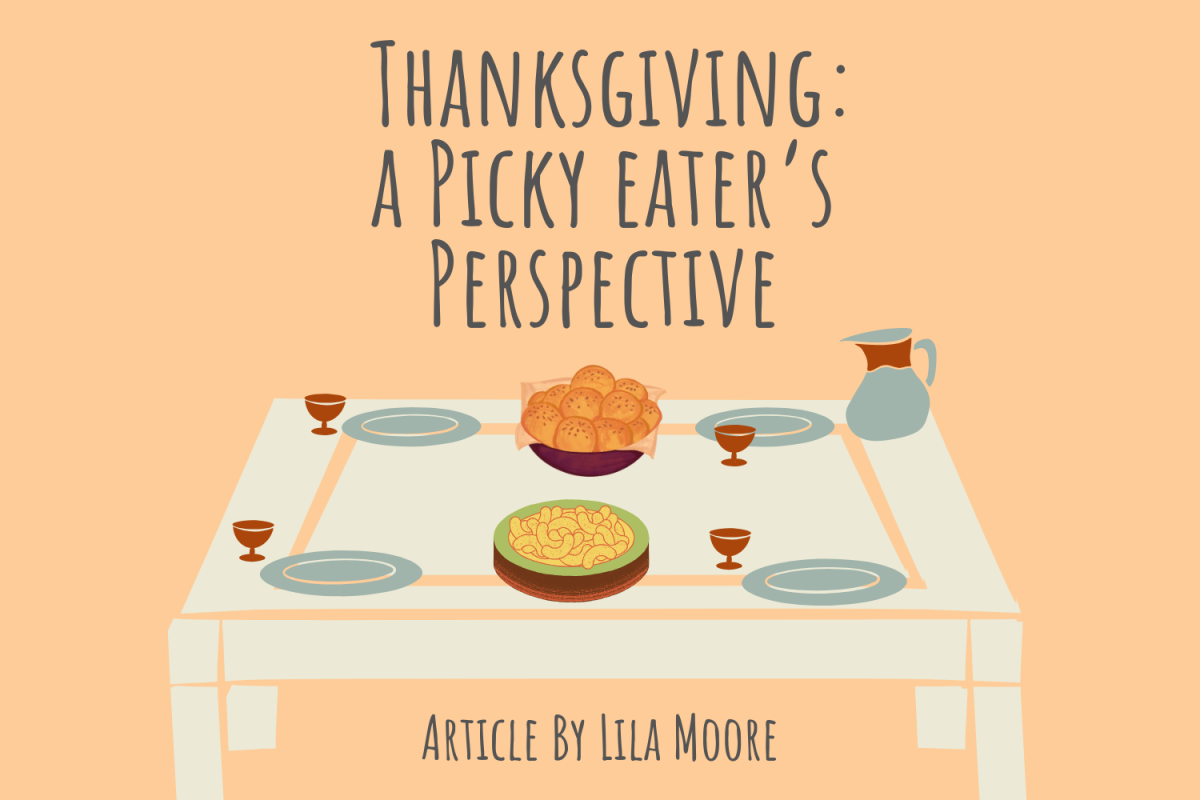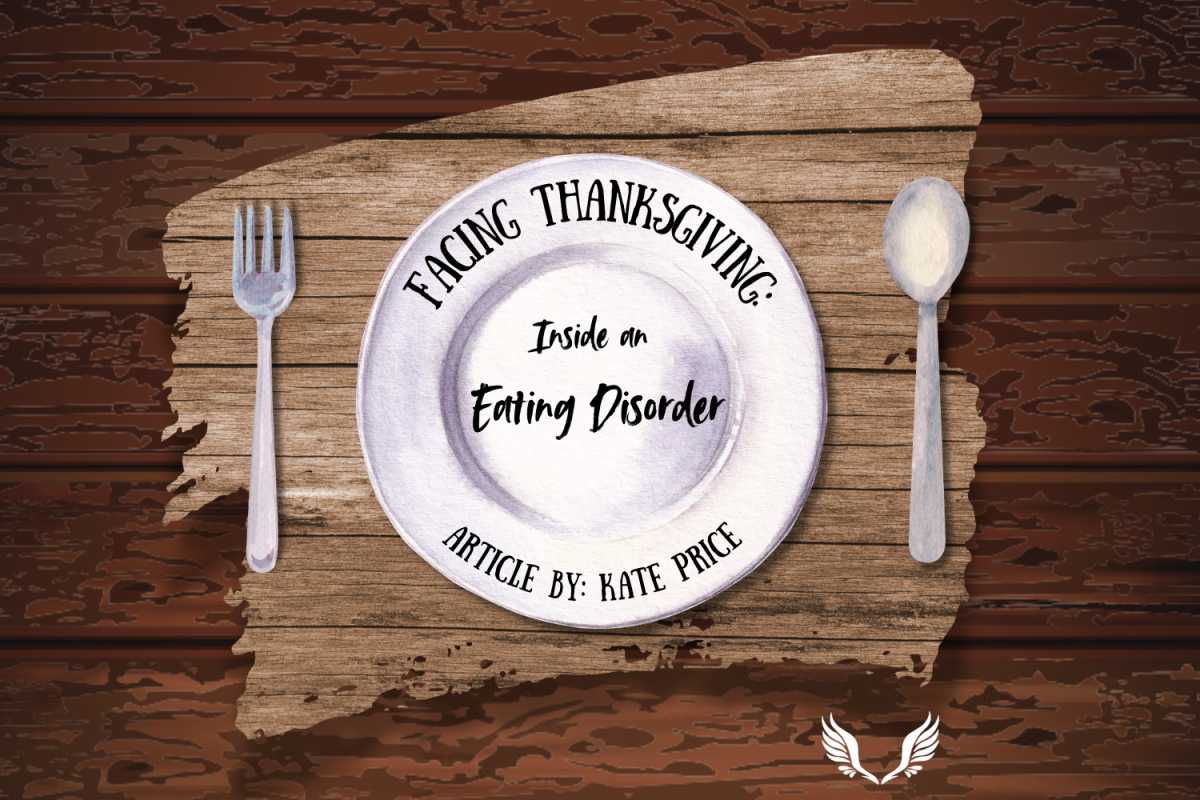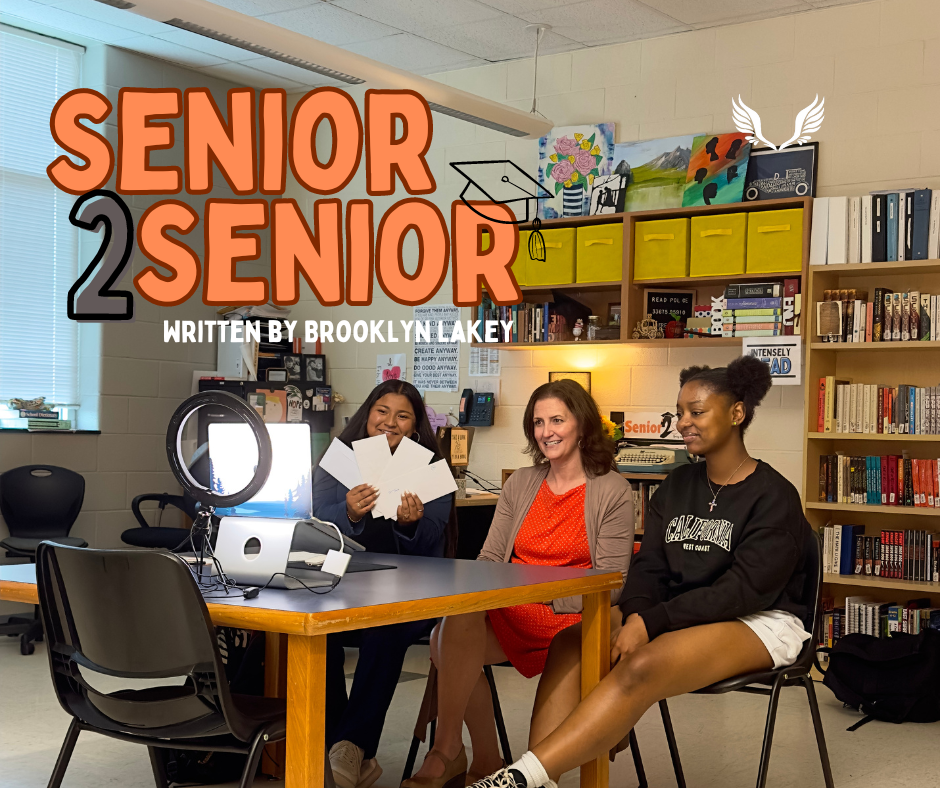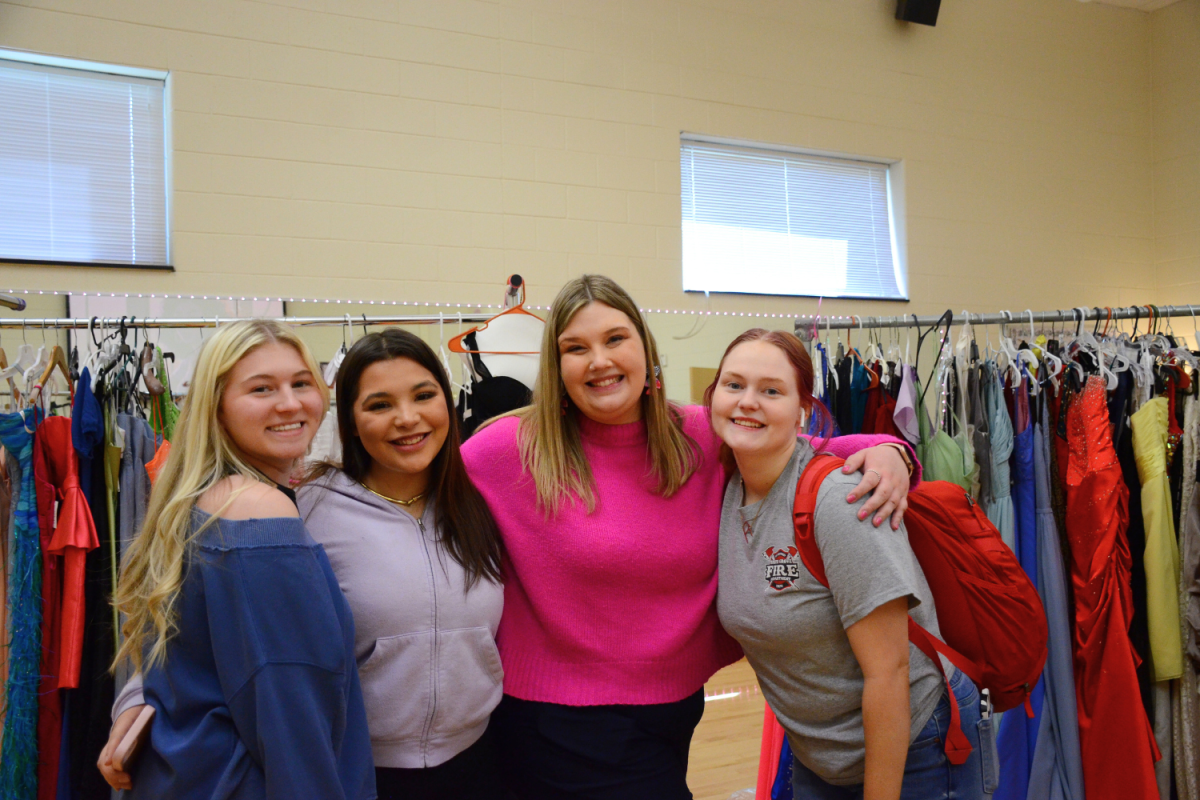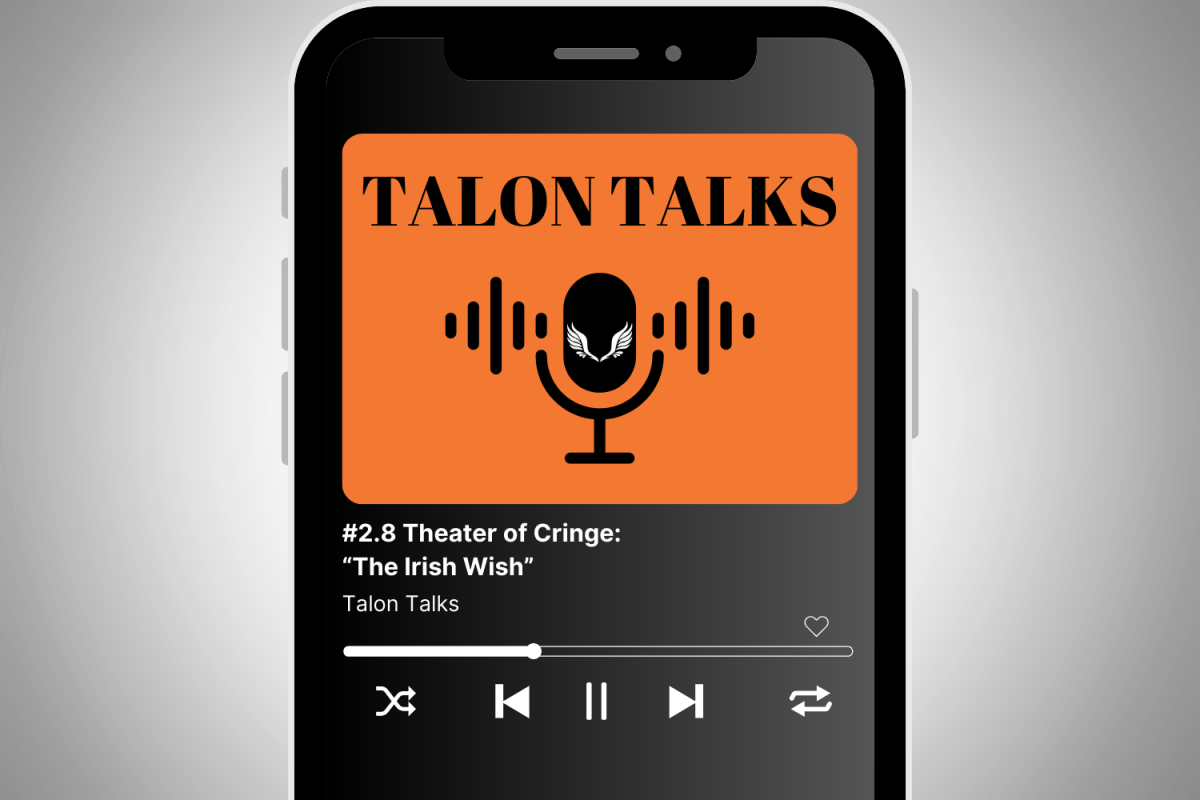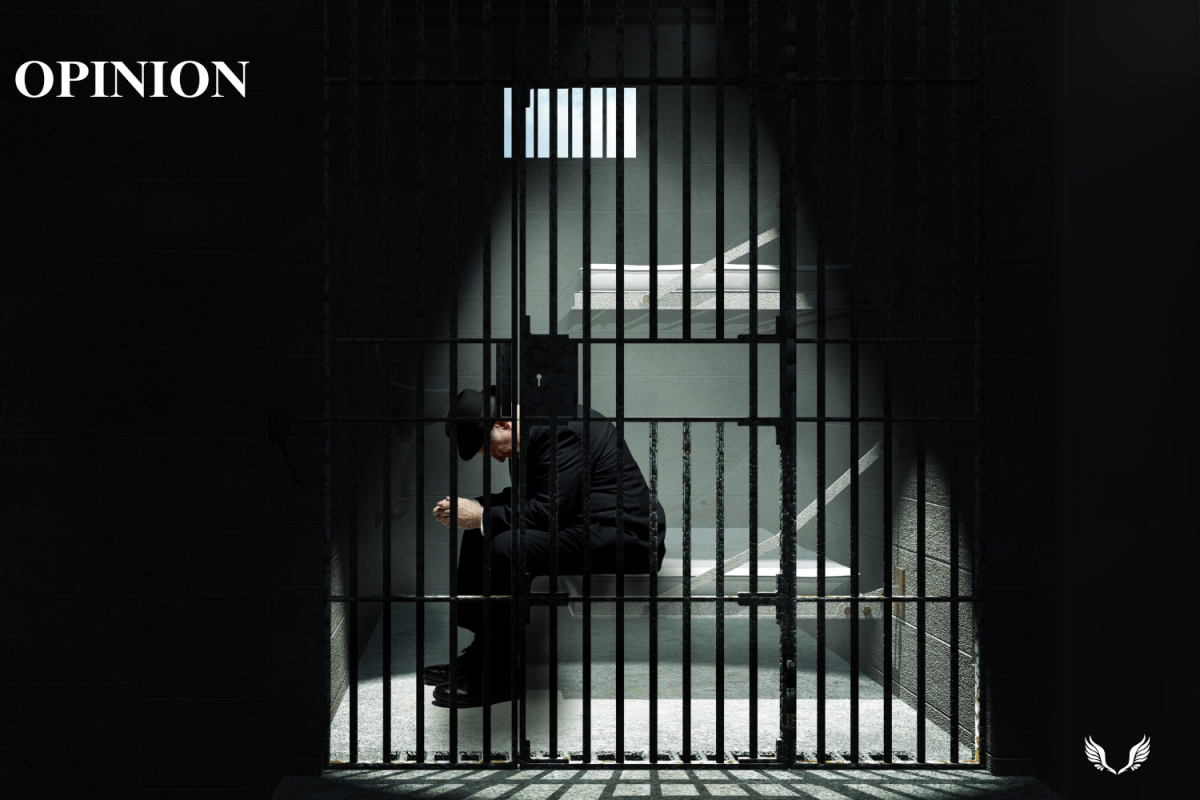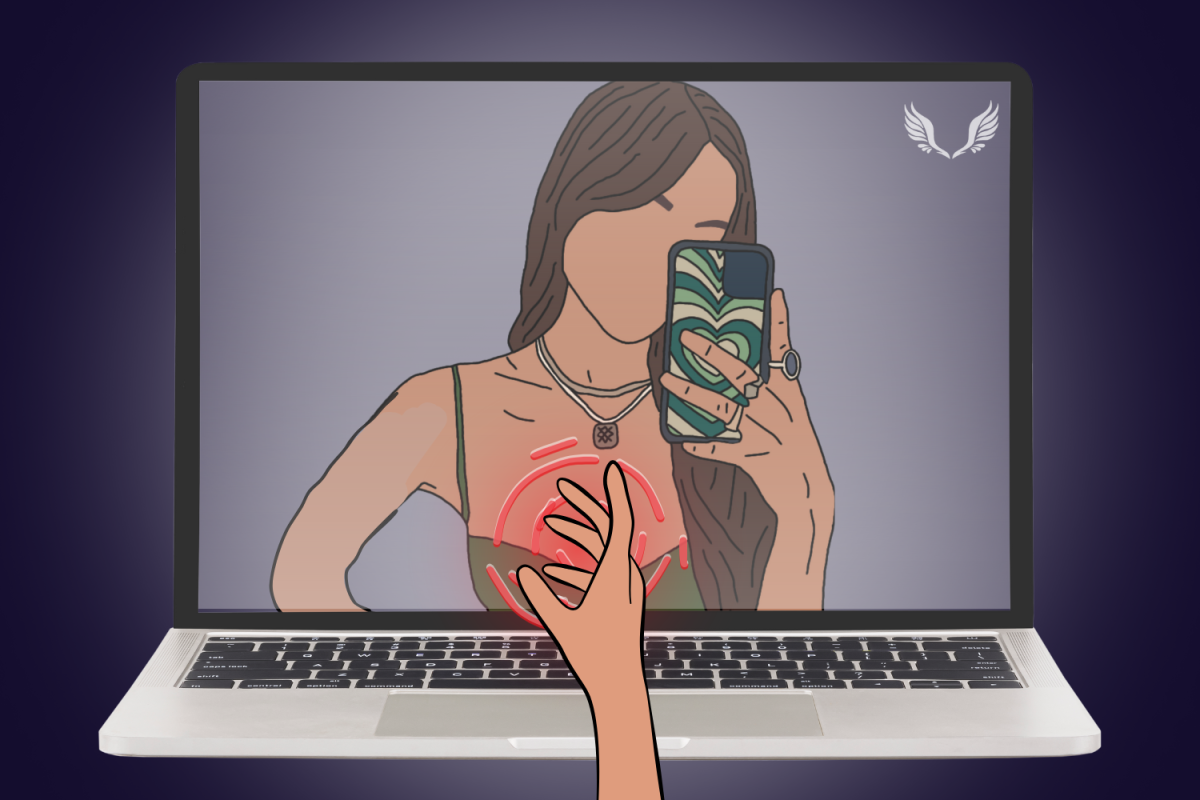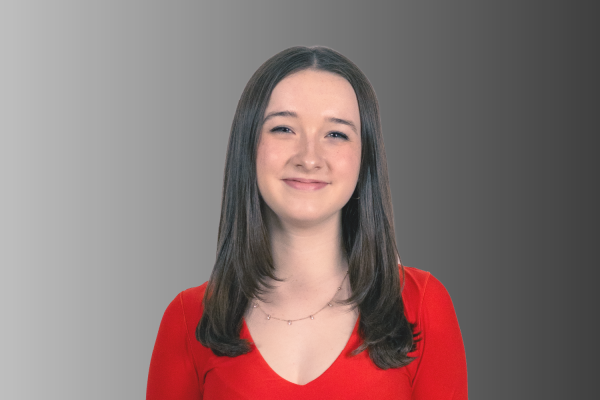We all know the face, even if we don’t recognize the name. Cheekbones so sharp it could slice paper, contour to the high heavens, a dark smokey eye with a bright sparkly center, lashes, and the original Kylie pout lip. But most of all, slim.
Photoshop, Facetune, GIMP, Snapchat filters. We all know what they do to our images. But do we know what they do to our lives and futures? Do we know how the software behind them affects us? And are we really prepared for the consequences of that?
Is it a Face or a Filter?
AI impacts people in multiple ways through social media use, but perhaps one of the biggest is through filters. Filters intrinsically alter a person’s face; that is the nature of a filter itself. When users apply a filter, they are very aware that something is going to be changed. Whether that be a color grading on your camera, cat ears over your head, or a blurred filter over your skin, filters change the image from reality. But are all filters built the same? No. The original filters, and some less complex ones today, are more similar to an overlay. They analyze the image users put into the filter and find a “face-like” shape (which is why the filter can often be placed on something that is not a face) and overlay the encoded image directly on top. They don’t change the image under these circumstances but places layers over top and attempts to move with the face, which is why it can often look unrealistic and gaps when movement is too fast or the face is the incorrect size for the filter. It’s not very moldable, but it got the job done at the time. But now users are encountering a new type of filter: the adaptive filter.
Adaptive filters use machine learning to quite literally change a user’s face. This phrasing is not intended as a fear-mongering tactic. It’s simply the nature of these filters. They are nothing like the overlay filters before them. They are not analyzing to find a face shape and apply over but rather looking at every individual pixel of the photo. These pixels are then processed through the code to determine the face in the picture, compared to what the desired image should be, and are individually replaced to create a realistic replica of the desired image. It’s not filtering over a face but replacing the face entirely. That’s how some of these filters are able to give people that “snatched” effect. It is essentially removing pixels from your face and blending them into the background to change the face shape entirely. Tiktok does this with AI and Generative Adversarial Networks (GAN).
GAN is one form of Machine Learning. A generative adversarial network (GAN) is a machine learning (ML) model in which two neural networks compete by using deep learning methods to become more accurate in their predictions. GANs typically run unsupervised and use a cooperative zero-sum game framework to learn.
The most popular and well-known example of one of these filters comes from TikTok with the Bold Glamour Filter. These filters are very realistic and, for some people, a miracle because they see it as the perfect way to “touch themselves up.” But this also sparked controversy with how it may impact self-image and people’s perception of beauty.
Instagram Face
What does this have to do with ML? These faces aren’t just helping this beauty standard but perpetuating it. The filters, like Bold Glamour, are replacing the pixels on your face based on a standard set for each filter. They are the same image over and over again. This filter pushes people to conform to this arbitrary standard of what is considered beautiful to the point where everyone has to look similar because that’s what the code is based on.
This effect is literally mirrored in real life. This so-called “Instagram face” occurs when many women use the same reference images of what is popular, usually celebrities and influencers, and get certain cosmetic procedures and do certain makeup routines in order to replicate that look. This leads to some very uncanny images of women who look startlingly similar but have no relation whatsoever. While these procedures could be just for the client’s happiness, often this is almost forced upon these women.
These women, as gorgeous as they may be, are prime examples of Instagram faces. And what does this look suspiciously like? The incredibly popular Bold Glamour filter. These tools and standards are so incredibly widespread and omnipresent that they show up in the cosmetic surgeries people undergo, procedures that would hardly qualify as a “little touch-up.”
Are AI Ads Using Your Face?
As previously discussed, AI uses samples collected by a process of scraping and uploading files from every corner of the internet no matter the content. to form its information basis and give accurate responses. In the process, AI also pulls images from social media profiles to feed the database. This was all agreed to by the user in the terms of service. Some of the sites that have this in the TOS include any app that uses Meta AI, including Instagram, Facebook, and Twitter (or X). When users accept these without reading them, they’ve unknowingly let companies use their pictures and, by proxy, faces to train their machines. When this data is passed between AIs as it generates and spreads images, there is a chance your face and likeness could be heavily referenced in the product.
These images are also used when corporations use these databases to generate advertisements, which could mean that your face appears in an ad without your permission or without you being compensated. This gets even dicier when companies advertise for things you might not necessarily agree with, like a political ad or a cigarette company. While it’s not a guarantee that they are scraping all of your images and your face is somewhere on some ad, the possibility is real.
While this isn’t occurring right now, with the direction companies are headed, the possibility is imminent. So, while you wait for the next part in my AI series, I want you to think about what this could mean for you and your life. What would it be like to never truly see real people’s faces? What would that do to conventional beauty standards? This may sound dark, but that’s not even scratching the surface of the dark side of AI, and that’s exactly what will be covered next.

